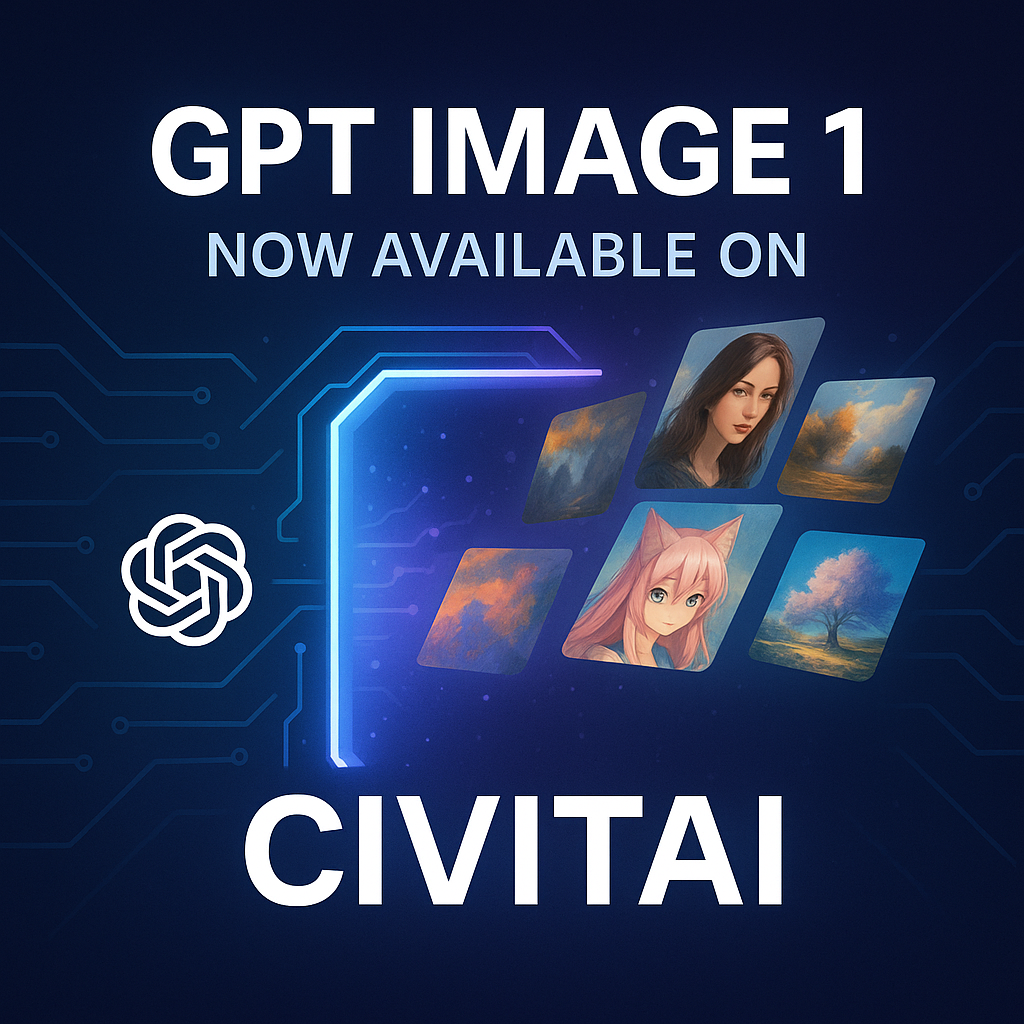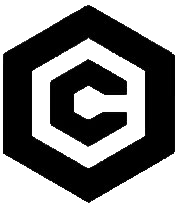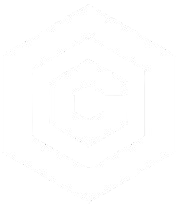| Last Updated | Changes |
| 5/6/2025 | First Version |
Use GPT Image 1 on Civitai.com here!
What is GPT Image 1?
GPT Image 1 is the API-accessible version of OpenAI’s GPT-4o image generation model – a multimodal powerhouse designed to deliver high-quality, context-aware visuals straight from natural language prompts. What sets it apart is its exceptional capability in three key areas:
- Text Rendering: One of the historically tricky tasks in AI image generation has been rendering legible and accurate text within visuals – signs, product labels, menus, or interface mockups. GPT Image 1 handles this with impressive fidelity. It not only produces readable, well-positioned text, but also adapts stylistically to the image’s tone and design. Previously, only a select few models – such as Flux – could pull this off. GPT Image 1 surpasses them with more consistency and less prompt fiddling required.
- Prompt Adherence: This model excels at understanding and executing detailed user instructions. Whether you’re asking for a “Victorian greenhouse with iron filigree, overgrown with jasmine vines” or a “studio-lit render of a sci-fi helmet with neon etching,” GPT Image 1 stays remarkably true to the request. It doesn’t just pull in keywords – it grasps the nuance, composition, and stylistic intent of prompts.
- Contextual Awareness: Unlike models that generate images in isolation, GPT Image 1 takes into account the ongoing conversation or surrounding API inputs. It builds a richer understanding of your intent by referencing previous prompts, clarifying questions, or follow-up corrections. This makes it especially effective in iterative workflows, where refining an image over several steps is key. Whether you’re building out characters for a story, designing UI elements, or creating branded content, the model “remembers” the context and delivers accordingly.
Currently, the GPT Image 1 experience on Civitai.com differs slightly from the native ChatGPT implementation. Each prompt entered in the Generator is treated as a standalone request – meaning there’s no ongoing conversation or memory between prompts. In other words, the model doesn’t carry over context from one image to the next. While this limits some of the contextual awareness GPT-4o is capable of, it’s still incredibly powerful for one-shot image generation. We’re hoping to evolve this behavior in future!
Output Examples
Prompt:
Create a photorealistic image of two witches in their 20s (one ash balayage, one with long wavy auburn hair) reading a street sign.
Context:
a city street in a random street in Williamsburg, NY with a pole covered entirely by numerous detailed street signs (e.g., street sweeping hours, parking permits required, vehicle classifications, towing rules), including few ridiculous signs at the middle: (paraphrase it to make these legitimate street signs)”Broom Parking for Witches Not Permitted in Zone C” and “Magic Carpet Loading and Unloading Only (15-Minute Limit)” and “Reindeer Parking by Permit Only (Dec 24–25)\n Violators will be placed on Naughty List.” The signpost is on the right of a street. Do not repeat signs. Signs must be realistic.
Characters:
one witch is holding a broom and the other has a rolled-up magic carpet. They are in the foreground, back slightly turned towards the camera and head slightly tilted as they scrutinize the signs.
Composition from background to foreground:
streets + parked cars + buildings -> street sign -> witches. Characters must be closest to the camera taking the shot
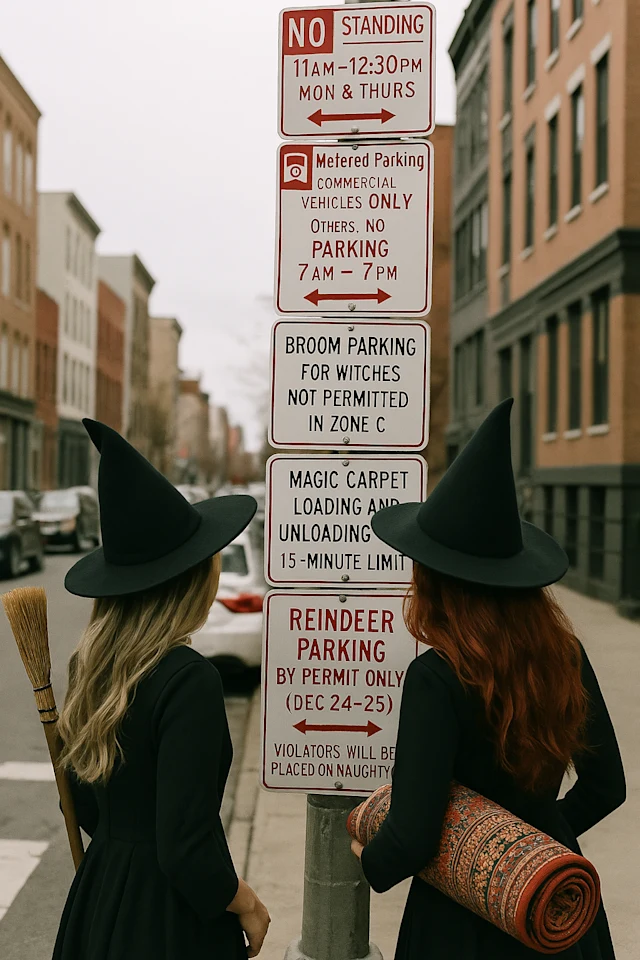
On-Site at Civitai.com
Multi-Turn Generation
When using GPT?4o in the native ChatGPT application, you can refine images through natural conversation. GPT?4o can build upon images and text in chat context, ensuring consistency throughout the image gen process. For example, if you’re designing a video game character, the character’s appearance remains coherent across multiple iterations as you refine and experiment.
Currently, this functionality is limited in the Civitai generator, but we still have some excellent one-shot and image-to-image capability!
Prompting
Unlike many other image generation models, GPT Image 1 doesn’t require overly literal or rigid prompting. Thanks to GPT-4o’s advanced language understanding, it can grasp broader concepts, interpret nuance, and intelligently extrapolate details even when prompts are vague or conversational;
A chalkboard café menu on a brick wall listing drinks like ‘Espresso’, ‘Flat White’, and ‘Lavender Latte’, and other thematic choices, in elegant handwriting
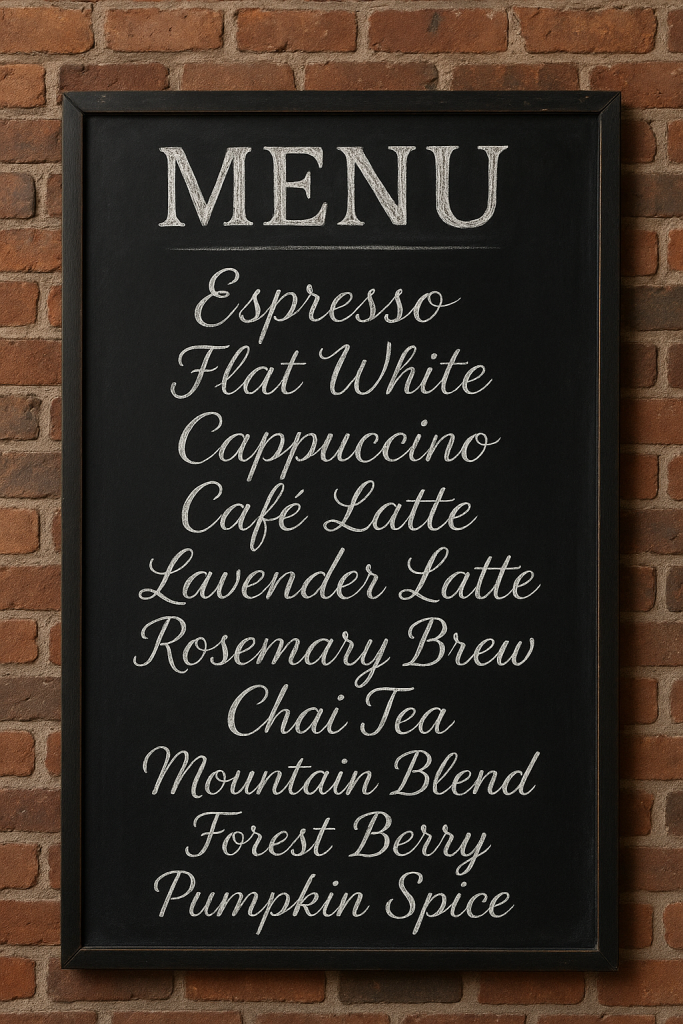
The model demonstrates exceptional prompt adherence and conceptual understanding. For example, prompting it with “A cross-section of a permaculture garden, showing labeled layers of soil, roots, mulch, companion plants, and pollinators” yields an impressively accurate and informative illustration. GPT Image 1 not only captures the structural complexity of the scene but also labels key elements clearly.
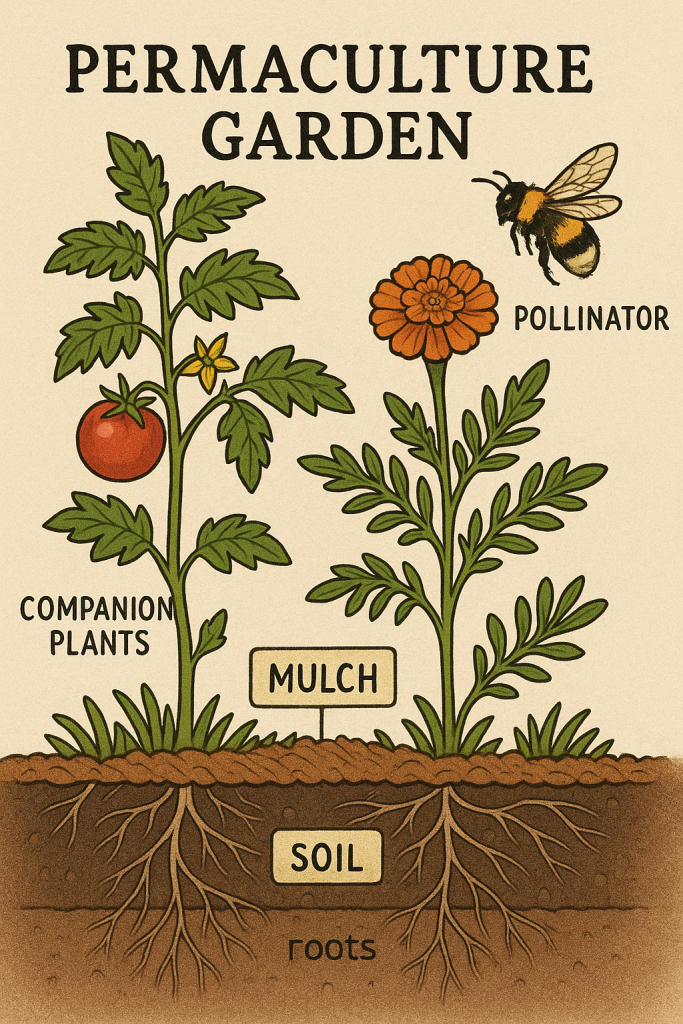
GPT Image 1 isn’t just technically precise, but also excels at aesthetics, generating great photorealistic portraits and sweeping cinematic landscapes with remarkable lighting, composition, and emotional tone;
A young woman in a flowing white sundress, standing on a grassy hillside as the wind blows her hair and fabric. Behind her, an epic landscape stretches into the distance. Towering cliffs, wildflowers, and a golden hour sky. Shot on a 50mm lens with shallow depth of field, soft lighting, and cinematic composition. Ultra-realistic texture and natural skin tones.
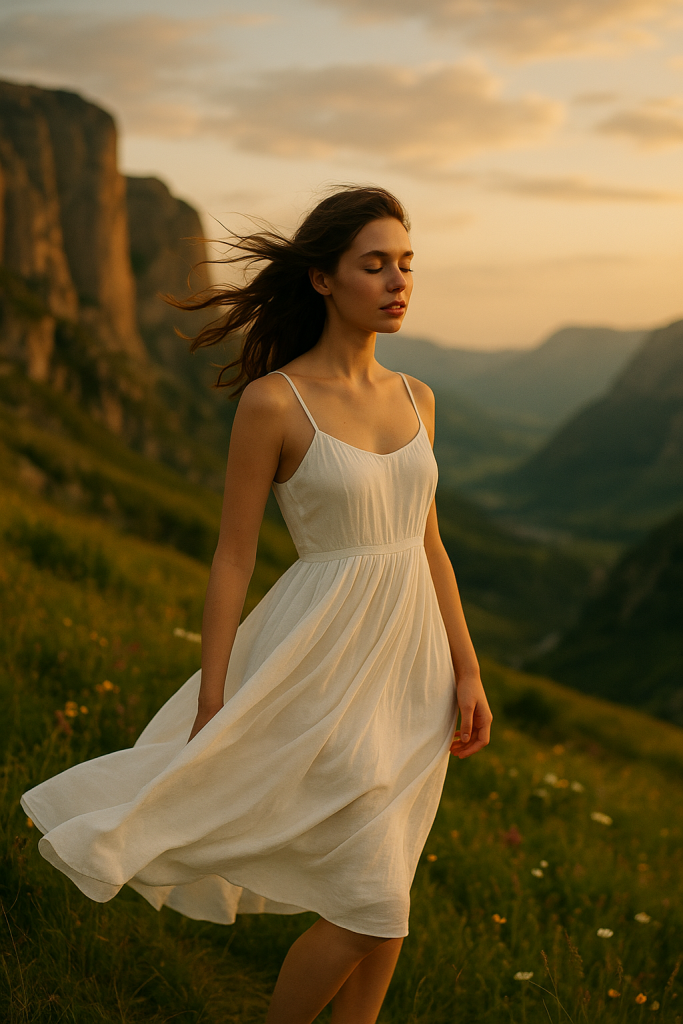
Variations/Iterative Design
While the on-site implementation doesn’t yet retain full conversational context between prompts, iterative design is still entirely possible by reusing outputs. We can pass generated images back into the generator and prompt for variations, refinements, or stylistic changes. This enables a flexible workflow for evolving a concept over multiple steps, even without persistent memory. Here’s an example:
A weathered standing stone covered in moss, standing alone in a forest clearing at dusk. Cinematic lighting filters through the trees, casting long shadows and golden highlights. Mist clings to the ground, and the stone feels ancient and sacred. Ultra-realistic detail, soft depth of field, dramatic atmosphere
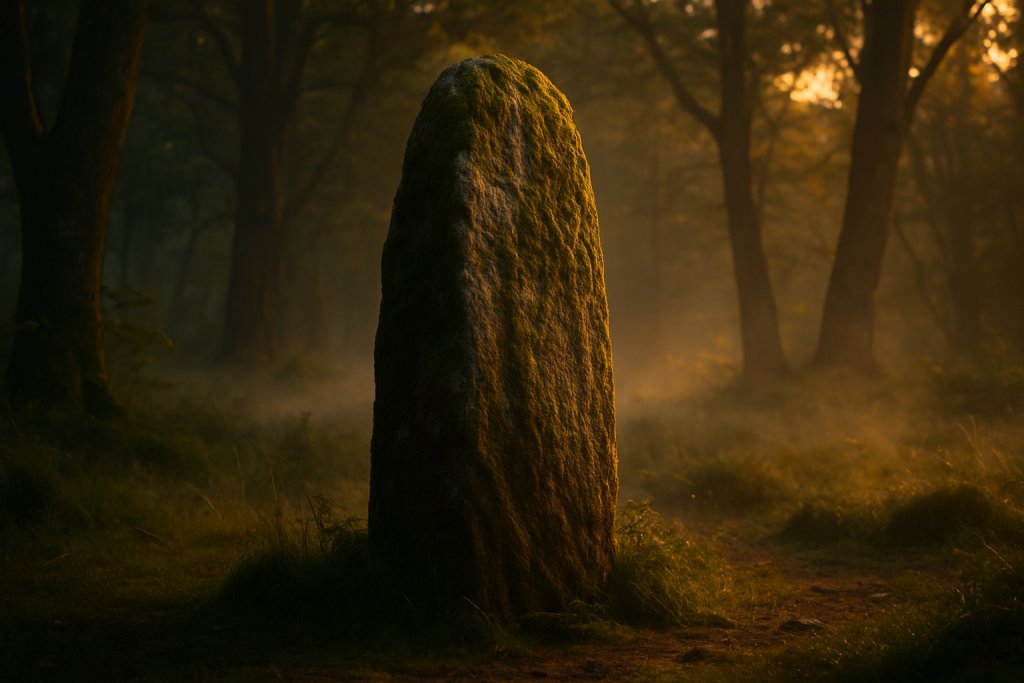
Pass the resulting image back into the Generator with the Image To Image context option.
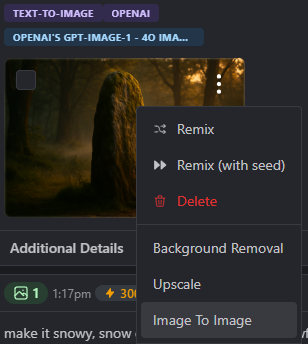
make it a snowy wintery scene
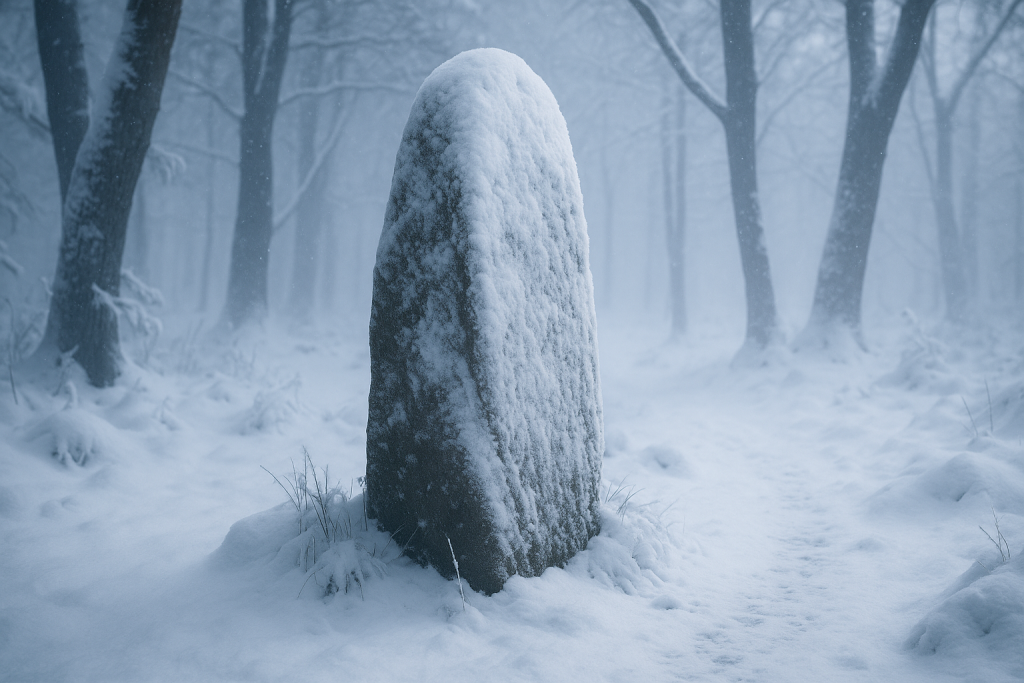
Other Options
Transparency
GPT Image 1 includes built-in transparent background support, accessible directly via a dropdown selector in the generation interface. By default, the setting is on “Auto,” which is optimized for standard image generation. However, switching to “Transparent” enables native generation of images without backgrounds, which is ideal for use cases like sticker creation, character sheets, or drag-and-drop assets.
This transparency is handled directly by the GPT Image 1 model itself and is distinct from Civitai’s own post-generation background removal tools, offering cleaner results with fewer artifacts right from the start.

A cute cartoon knight sticker, thick lines, white outline
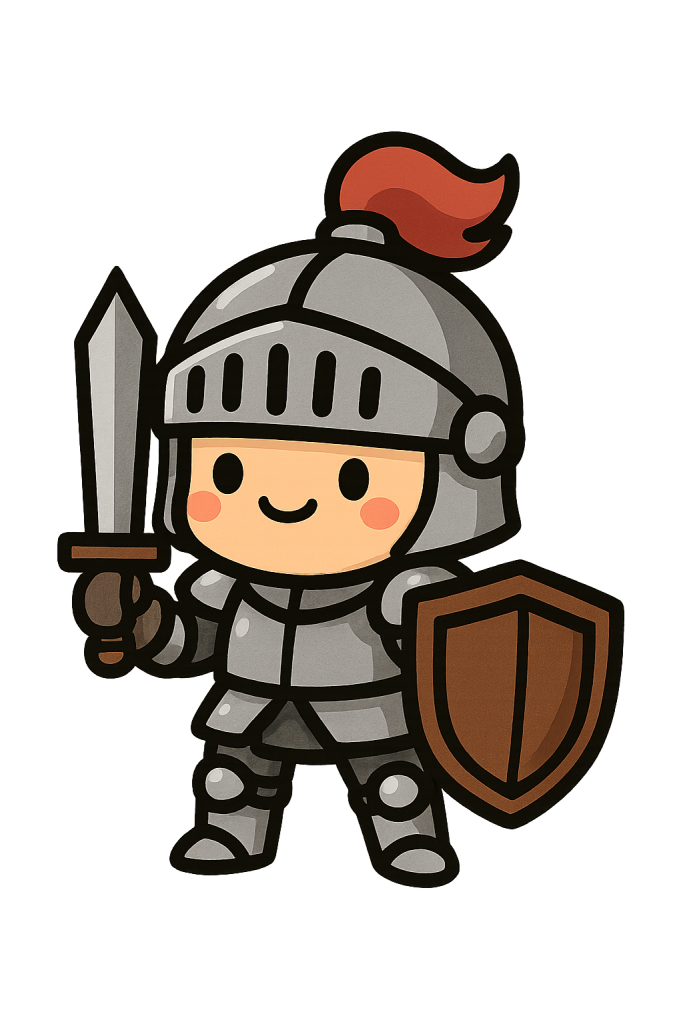
Background Removal
As mentioned above, Civitai’s BiRefNet-powered background removal tool also works seamlessly with images generated by GPT Image 1. So even if you didn’t enable transparency during generation, you can still isolate characters or objects from any image after the fact. This makes it easy to extract elements for stickers, assets, or further editing without needing to regenerate the entire image!
Upscale
Our Upscale workflow is fully compatible with GPT Image 1 outputs, allowing users to enhance their generated images up to 4K resolution.
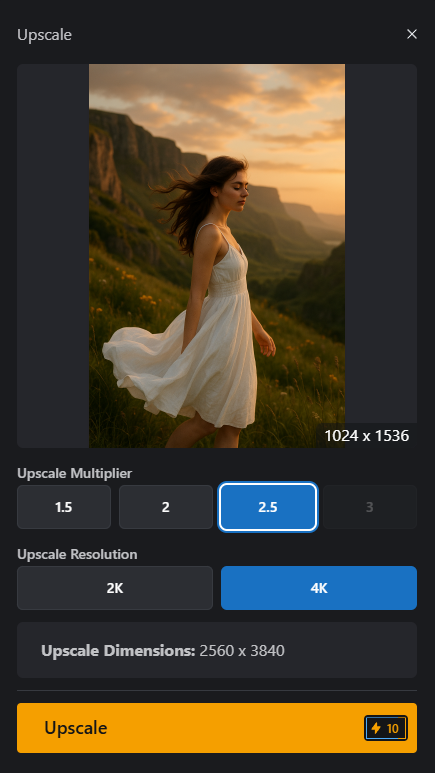
Image to Video
Images created with GPT Image 1 are an ideal foundation for image-to-video workflows, offering clean composition, rich detail, and strong prompt adherence that translate beautifully into motion. They work particularly well with tools like Kling and Hailou/Minimax, producing smooth, visually coherent results.
Below are some examples generated on-site, showcasing how static GPT Image 1 creations can evolve into compelling animations.
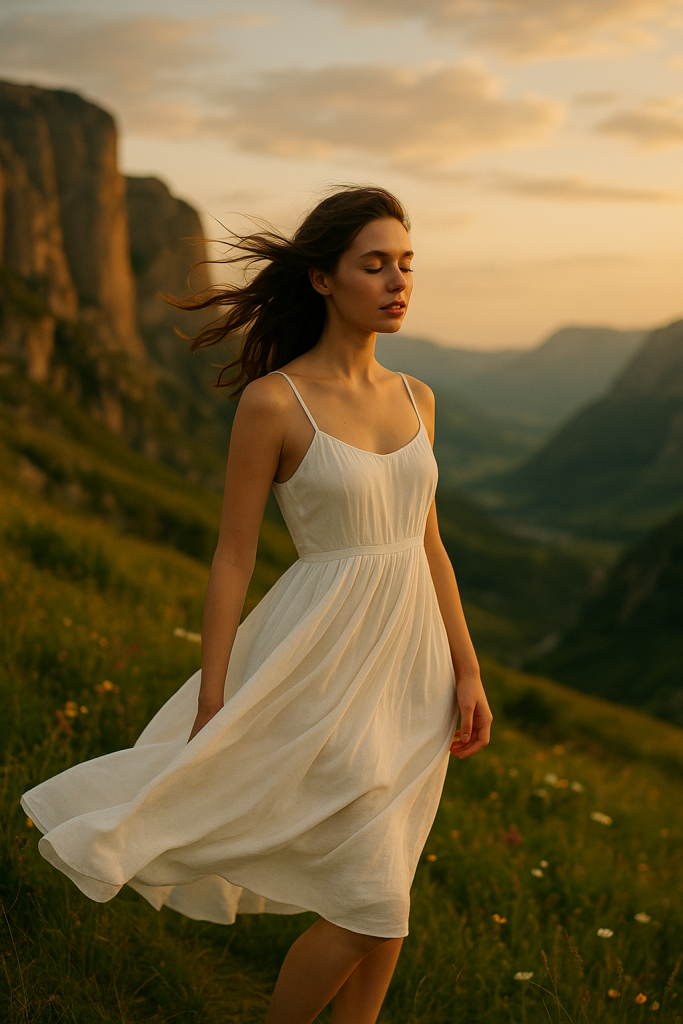
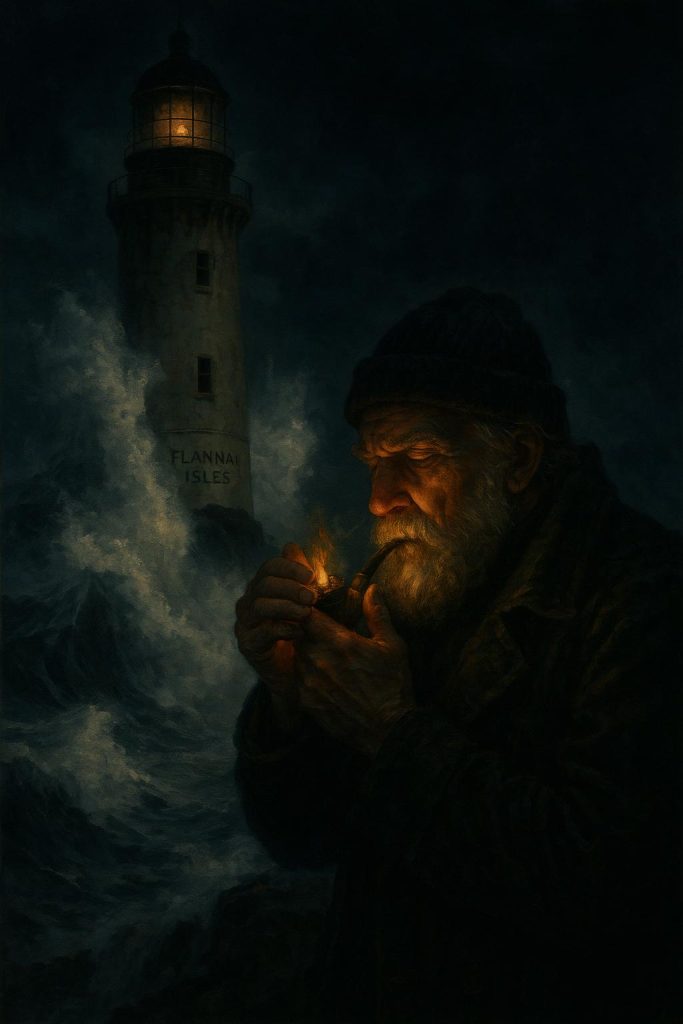
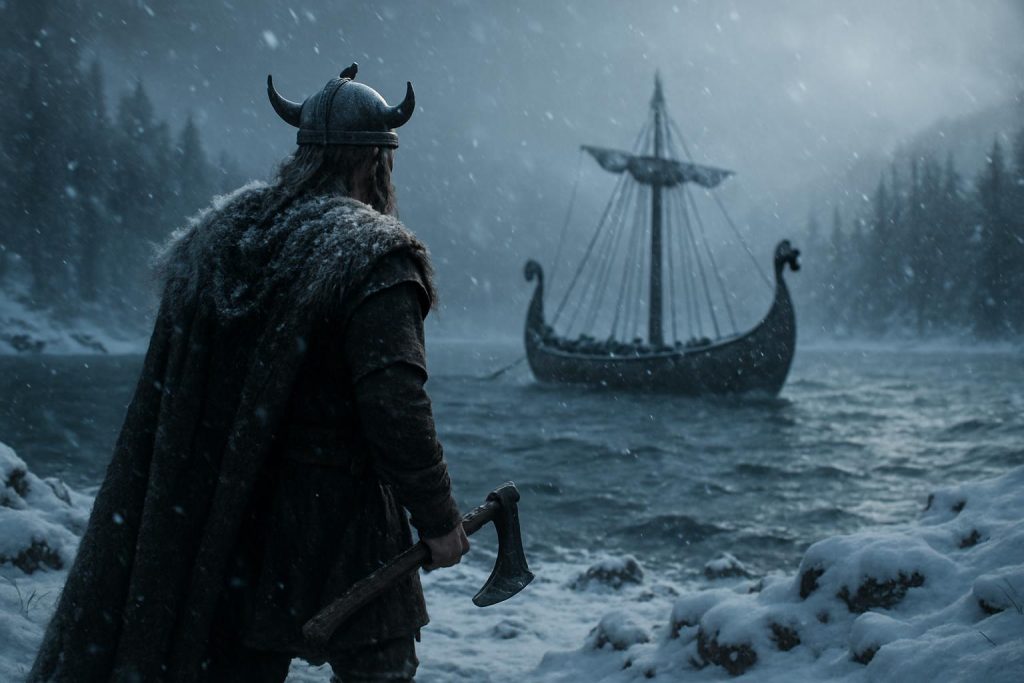
Limitations
Context
As noted earlier, the current on-site implementation of GPT Image 1 is limited to single-shot image generation. Unlike the native GPT-4o experience, where the model can engage in multi-step conversation and build context over time, the Civitai Generator treats each prompt as a standalone request. This means it doesn’t retain memory between prompts unless users manually feed images back into the generator using the Image-to-Image workflow. While this still allows for creative iteration, it lacks the fluid, back-and-forth design refinement seen in full conversational environments. We’re actively exploring ways to enhance this functionality in the future.
Content Policy
All images generated using GPT Image 1 must comply with both Civitai’s and OpenAI’s content policies. While Civitai supports NSFW content on the platform, OpenAI’s GPT-4o model enforces stricter guidelines. Explicit or adult content generation is strictly prohibited by the model itself. This means prompts that violate OpenAI’s policy will not be processed, regardless of Civitai’s own allowances.
I need more help!
If you’re experiencing issues generating with the Civitai Image Generator and a solution isn’t mentioned on this page, please reach out to our Support Team at [email protected].
